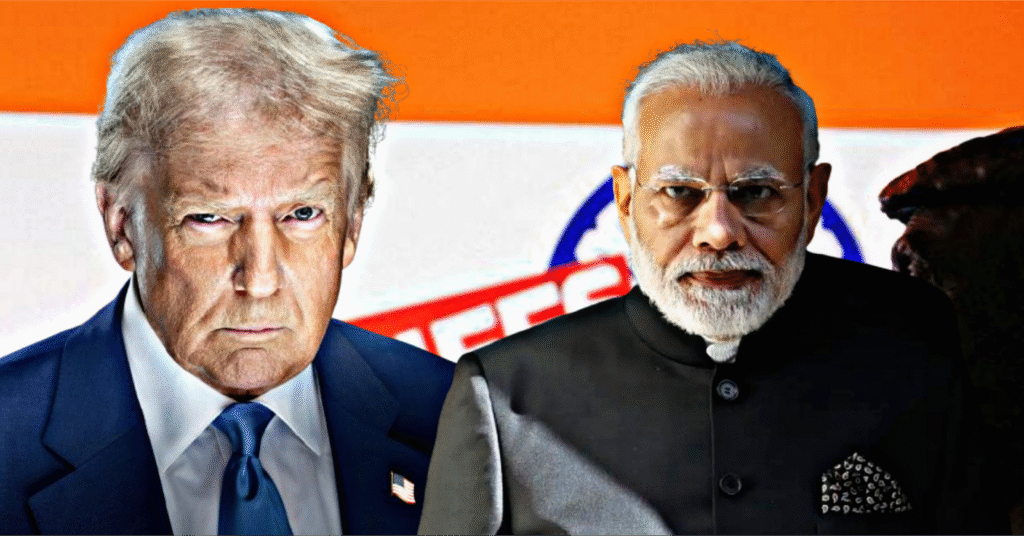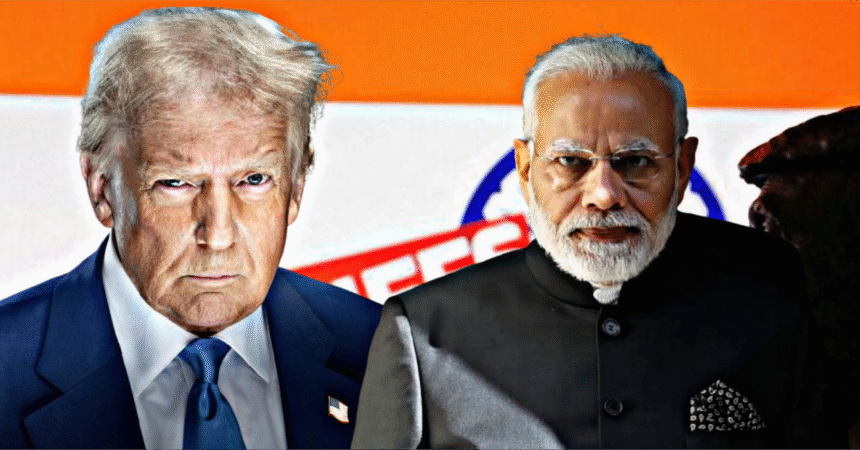In recent years, former U.S. President Donald Trump’s trade policies made headlines worldwide—especially his aggressive tariff strategy. While China was the main target, India wasn’t spared either. Under Trump’s administration, the U.S. ended India’s preferential trade status under the Generalized System of Preferences (GSP) in 2019, affecting billions in exports. This marked a shift in U.S.-India trade relations.

The Trump tariffs aimed to reduce the U.S. trade deficit and protect American industries. However, they also led to retaliatory tariffs from India on 28 U.S. goods, including almonds, walnuts, and apples—hurting American farmers. For India, the loss of GSP status impacted small and medium-sized exporters, particularly in sectors like textiles, jewelry, and pharmaceuticals.
While the tariffs were politically motivated and aimed at boosting domestic manufacturing, they strained the U.S.-India trade partnership. India began exploring alternative trade relationships, strengthening ties with the EU and ASEAN countries.
With the changing global economic landscape and ongoing U.S.-India strategic cooperation, the Biden administration has taken a more diplomatic approach. Some tariffs have been reduced or reconsidered, but the legacy of Trump’s policies still influences current trade dynamics.
The Trump-era tariffs reshaped how India engages with global markets. While they caused short-term disruptions, they also pushed India toward diversifying its trade strategy. As U.S.-India relations evolve, future tariff policies will play a crucial role in shaping bilateral trade and economic growth.








I represent an investment community. We help talented projects find funding and experts to help them grow. If you have an idea or a ready-made business model, let’s discuss opportunities for cooperation.
wa.me/+380508607093